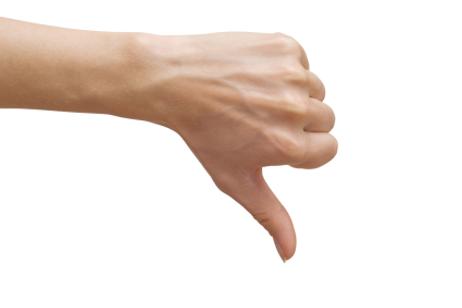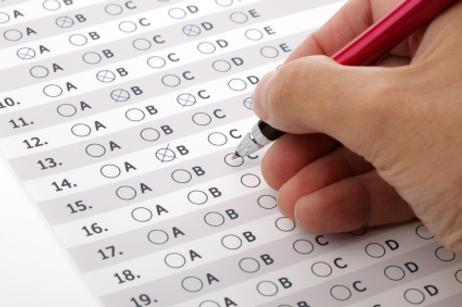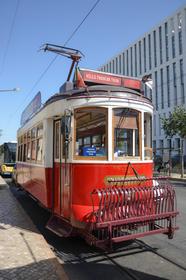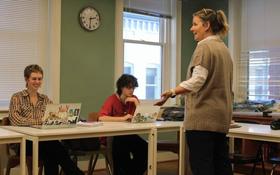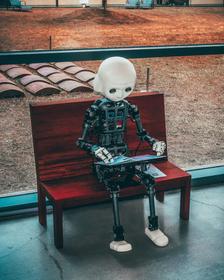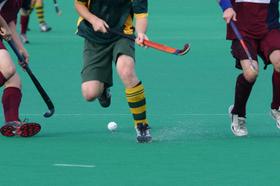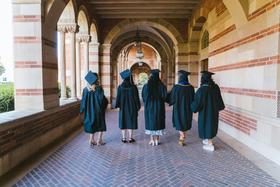These titles are books that private school teachers and administrators have shared with each other on various lists and groups. One or two are quick reads. Most are pretty meaty. They all deserve a place in your collection. Parents need to read many of these books in order to understand what really goes on in the classroom.
Adios, Barbie: Young Women Write About Body Image and Identity (Live Girls)
By Ophira Edut (Editor), Rebecca Walker ISBN: 1580050166 "In more than 20 candid and humorous essays, a diverse group of women explore how they have chosen to ignore, subvert, or redefine the standard of beauty. These women break down modern culture's feminine ideal and reinvent it for themselves."
After Long Silence
By Helen Fremont. ISBN: 0385333706 "In her mid-30s Helen Fremont discovered that, although she had been raised in the Midwest as a Catholic, she was, in fact, the daughter of Polish Jews whose families had been exterminated in the Holocaust."
The Age of American Unreason
By Susan Jacoby ISBN: 9780375423741 "A scathing, witty indictment of American modern-day culture examines the current disdain for logic and evidence fostered by the mass media, religious fundamentalism, poor public education, a lack of fair-minded intellectuals, and a lazy, credulous public, condemning our addiction to infotainment, from TV to the Web, and assessing its repercussions for the country as a whole."
A Separate Peace
by John Knowles ISBN: 0743253973
"At a New England boarding school during World War II, a group of boys discovers the depths of human



